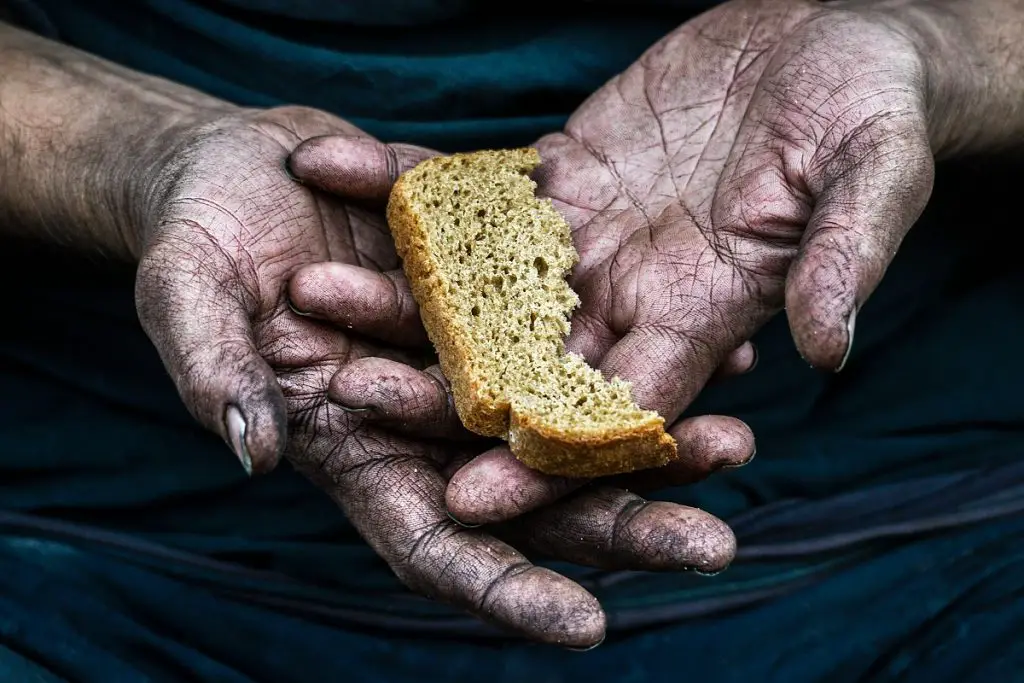Africa has been food insecure for decades relying on food sources that have remained nutritionally poor or deficient even as her population multiplies, resulting in increased pressure on food sources and supply chains.
Consequently, the continent has to come up with ways to address the challenges it has continually experienced in ensuring food security.
For decades, agriculture has largely and successfully met the energy needs of poor populations in developing countries with an emphasis on increased cereal production.
Get the Jun 2020 Edition here
But there has been a shift now where the world is moving from producing more calories to reduce hunger, but also more nutrient-rich food to reduce the hidden hunger.
According to the UN-FAO, one in three people in the world suffers from hidden hunger which is caused by a lack of minerals and vitamins in their diets. In all likelihood, a majority of these sufferers could be from Africa.
HarvestPlus, a research centre committed to fighting global hunger notes that biofortification can mitigate the effects of vitamin A deficiency in people. The Bill Gates-funded entity adds that vitamin A deficiency is acute in Africa and Asia.
Preventable blindness in children and increased risk of disease and death from severe infections are some of the deficiency consequences. The vitamin’s deficiency also causes night blindness in women while increasing the risk of maternal mortality.
At the 2019 Africa Day for Food and Nutrition Security meeting in Cairo, 55 agriculture ministers from the African Union (AU) member states recommended to AU heads of state to officially endorse biofortification as an effective approach to address hidden hunger.
More than 100 varieties of nutritious biofortified crops are available or in pre-release testing in 38 African countries making the continent at the forefront of the introduction and scale-up of bio-fortification.
However, African heads of state are yet to endorse biofortification which would likely spark heightened interest despite adopting policies promoting greater access to biofortified crops.
A 2014 report by HarvestPlus showed that an estimated 42 per cent of children under the age of five and women between 15 and 49 years of age suffered from vitamin A deficiency with Uganda being acutely affected.
Counting the cost: Aflatoxin invasion and Africa’s food insecurity
The nation is now extensively producing the orange-fleshed sweet potato variety which is rich in beta-carotene, an organic compound that is converted into vitamin A in the human body.
Following the successful rollout of the vitamin A-rich sweet potato, Uganda is now scaling up the development and delivery of nutritious staple crops. The country is now targeting rolling out biofortified bean varieties with iron and increasing the biofortified vitamin A sweet potato varieties.
The two varieties can contribute to the sustainable prevention of micronutrient deficiencies in Uganda.
Biofortification is catching up with Zimbabwe registering 3,300 farming households in Zvimba district testing the varieties in the 2017/18 agricultural season. The households were supported with vitamin A orange maize and iron bean seeds and some agricultural inputs.
Farmers who went through with the test phase have reported increased production and earnings from the improved varieties.
In Rwanda, a study published in the Journal of Nutrition notes that iron-deficient women consuming high iron “biofortified” beans experienced improved iron status and improved ability for daily tasks.
Iron deficiency is the most common micronutrient insufficiency leading to anaemia and causing fatigue which impairs physical performance.
37 per cent of women in Sub-Saharan Africa are anaemic with nearly one in three cases caused by iron deficiency.
Some 125 female college students aged 18 to 26 were involved in the Rwanda study.
The case studies had depleted iron stores but were otherwise healthy and were randomly assigned to either a group that received iron-biofortified beans or one that received non-biofortified beans. The women received two meals daily over 18 weeks where those who ate iron-biofortified beans showed improved haemoglobin levels and a significant reduction in the energy needed to perform light physical work.
With almost one in four people in SSA estimated to be undernourished in 2017, this is a representation of about one-third of the 821 million people suffering from chronic hunger globally. The high prevalence of chronic hunger in SSA is subjecting many more people suffering from micronutrient deficiencies burdening human health and society.
Malnutrition is driving a rising global non-communicable disease burden directly implicating child growth failure, neonatal disorders, immune function, cognitive function, diabetes, heart disease and cancer among others.
With the continent looking to advance economically after decades of stagnation, addressing these burdens can only be possible if diets change while rural employment opportunities in agriculture grow.
